Translating Contemporary Japanese Art: Discourse, context, and history
July 7, 2022
The event archival video is now online.
Aims
In recent years, postwar and contemporary Japanese art has begun to enjoy greater international recognition, particularly in Europe and the United States. This can be attributed in part to the fact that Japanese art has been created and discussed in a context that differs from that of the West. In tandem with this appreciation in the West, Japanese interlocutors are also being called upon to be actively involved in the interpretation and appreciation of Japanese art by introducing contexts and discourses that have been created in Japan.
The Bunka-cho Art Platform Project (APJ) has been engaged in the translation of important texts about contemporary Japanese art and making them available online through its website to showcase the formation of these Japanese contexts and discourses to an overseas audience. We have also focused on improving the quality of art translation by such means as introducing a process of translation, cross-checking, and review, as well as creating a style guide for translating Japanese texts.
Although the critique and study of contemporary art in Japan have been ongoing for many years, its full extent remains difficult to see from overseas. We have invited overseas researchers involved in the study of modern and contemporary Japanese art to discuss how the critique and study of contemporary Japanese art has been perceived internationally, as well as about the kinds of research, critiques, and exhibitions being conducted overseas with respect to contemporary Japanese art. In the course of this discussion, we will continue to think about how best to advance the overseas dissemination of contemporary Japanese art in future.
Program Overview
Date: Thursday, July 7 at 12:00 pm‒1:30 pm (JST) (open at 11:45 am)Live streaming: Zoom Webinar
Language: Japanese and English with simultaneous interpretation
11:55 am
Zoom webinar function overview and speaker introductions
12:00 pm‒12:05 pm
Opening Remarks
Kataoka Mami (Chair, Contemporary Art Committee Japan / Executive Advisor, The National Art Communication Center (tentative name) / Director, Mori Art Museum)12:05 pm‒12:20 pm Case Study
Textual Translations Promoted by the Bunka-cho Art Platform Project
Odate Natsuko (Translation Project Selection Committee, Contemporary Art Committee Japan / Arts Commons Tokyo / Yoshiko Isshiki Office)
In order to deepen our understanding of artists and their works, it is important to know their personal histories, as well as the discourses and contexts in which they worked. In the Japanese context, however, opportunities for doing so have been limited to linguistic restrictions, and the quality of translations varies widely. In order to address these issues, I would like to introduce the process of textual translation being promoted by the Art Platform Project, as well as some of the texts selected for translation.
Translation is a laborious process that makes it difficult to achieve results in the short term, and as such requires a variety of resources to sustain. How then can this be linked with research that has been conducted to date by various institutions and researchers through their articles and exhibitions, and how can we sustainably develop and continue the project? I discuss the translation project and the significance of formulating it as a platform.
12:20 pm‒12:40 pm Session 1
Theory of Trinity in Postwar Art History—How to secure a place for Japanese postwar/contemporary art in world art history
Reiko Tomii (Art historian)
Today, postwar Japanese art history faces a critical moment. 1960s art in Japan has been recognized for its prescient radicalism and international contemporaneity; its place as a paradigmatic site of world art history has been gradually acknowledged. Yet, this development has owed much to the “early start” in the immediate postwar years when Japanese modernism internationally received much attention. However, the studies of postwar art in other non-Western areas on the presumed periphery have since developed and gained significant attention, and global contemporary art that has emerged in the 21st century reveals a cacophony of practices. How to situate postwar Japanese in this situation? In this talk, with this awareness, I will present a Theory of Trinity in postwar art history, in order not so much to passively gain attention as to proactively achieve recognition. Herein, the Trinity consists of art history, market, and museum, the close working of which will raise the awareness of and ensure the place of postwar/contemporary art in Japan within the global discourse. I will also address of the position of art criticism, which has been rather misunderstood, in relation to art history.
12:40 pm‒1:00 pm Session 2
Translating Art to the World: Missing interlocutors from Japan and the stakes of art
William Marotti (Associate Professor, The University of California, Los Angeles)
As an essential, vibrant part of culture, artists maintain a dialogue with the world, reflecting their own perspectives and their grasp of phenomena through the medium of art itself. Through art, we create the possibility of seeing things differently, and being moved by that new perception. This urgent task is, in Heiner Müller’s words, “The subversion of art, which is necessary in order to make reality impossible.” Or to quote artist Nakajima Yoshio, “Art is the next possibility.” Art serves the same role in history, preserving difference, debates, and other potentials that can be meaningfully examined in the present. But those possibilities depend on that art being present and available. My talk will consider the potentials of the astonishing diversity of art in Japan, the possibilities opened up by translation projects, and conversely, the diminishment of those possibilities by poor preservation efforts and reductive nationalist framings.
1:00 pm‒1:20 pm
Panel discussion
◎Panelists:
Reiko Tomii
William Marotti
Nakajima Izumi (Translation Project Selection Committee / Associate Professor, Graduate School of Humanities, Osaka University)
Odate Natsuko
Yamamoto Hiroki (Translation Project Selection Committee / Lecturer, Department of Fine Art, Kanazawa College of Art)
Okubo Renna (Bureau of Art Platform Japan / Translator)
◎Moderator: Kajiya Kenji (Translation Project Selection Committee, Contemporary Art Committee Japan / Professor, Graduate School of Arts and Sciences, The University of Tokyo)
1:20 pm‒1:30 pm
Q&A
◎Moderator: Kajiya Kenji
The Speakers
Reiko TomiiArt historian
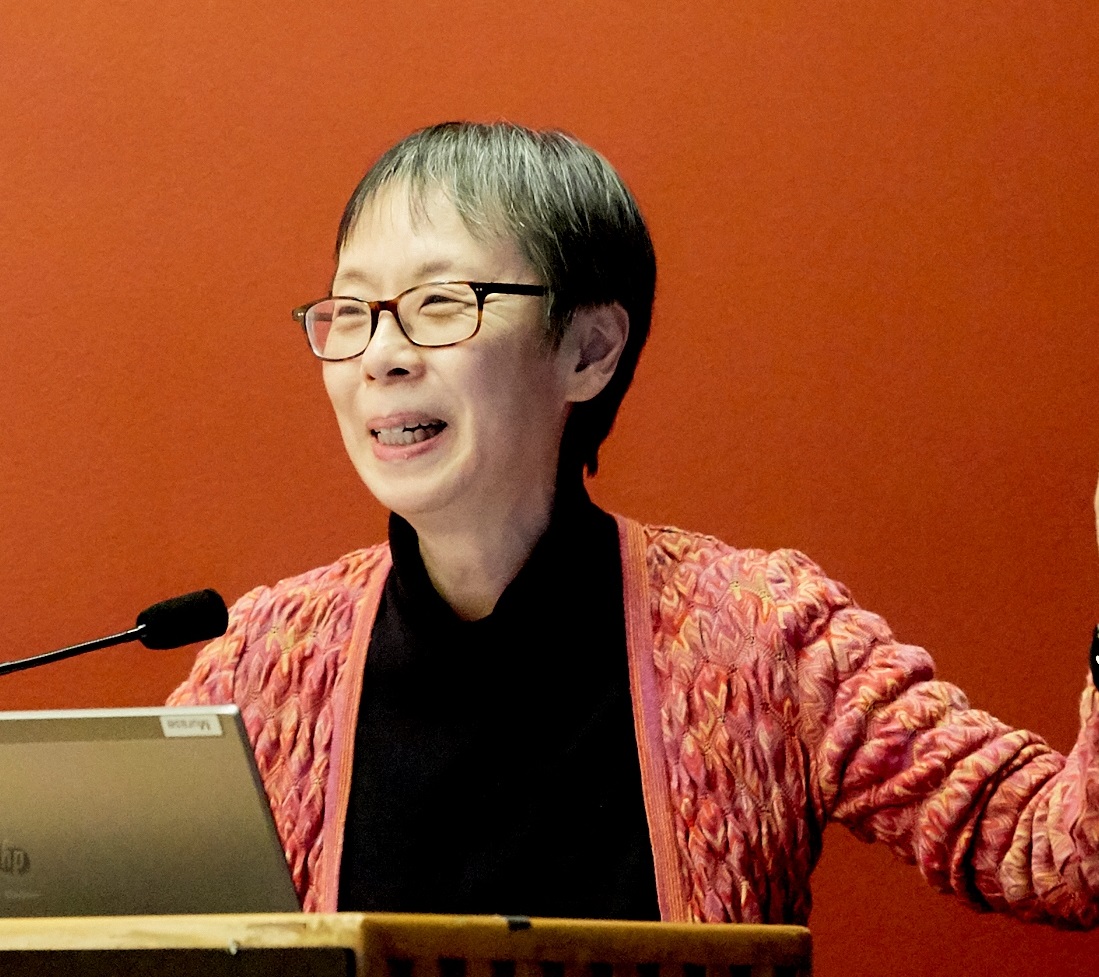
©Daphne Youree
Reiko Tomii received a Ph.D. in art history from the University of Texas at Austin. After serving as Senior Research Associate at CICA (Center for International Contemporary Arts) in New York, she has been active as an independent art historian and curator, who investigates post-1945 Japanese art which constitutes a vital part in world art history of modernisms. She is co-director of PoNJA-GenKon (est. 2003), a listserv group of specialists interested in contemporary Japanese art. Her recent publication is Radicalism in the Wilderness: International Contemporaneity and 1960s Art in Japan (MIT Press, 2016) received the 2017 Robert Motherwell Book Award. In 2019, based on the book, she curated Radicalism in the Wilderness: Japanese Artists in the Global 1960s, which included a major section on Matsuzawa Yutaka, at Japan Society Gallery in New York. In 2020, she received the Commissioner for Cultural Affairs Award from the Japanese government for cultural transmission and international exchange through postwar Japanese art history.
William MarottiAssociate Professor, The University of California, Los Angeles
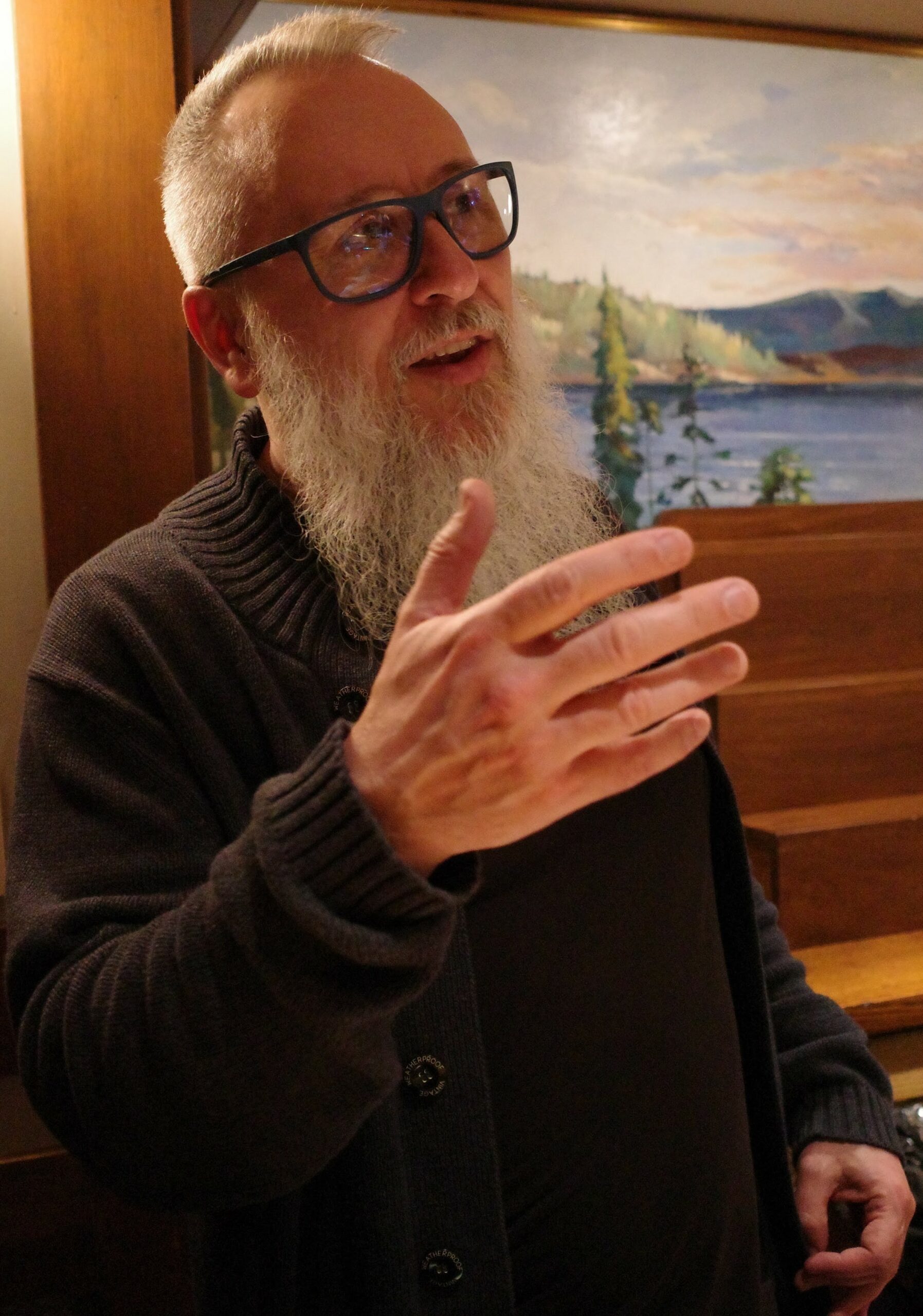
William Marotti is Associate Professor in the Department of History, teaching modern Japanese history with an emphasis on everyday life and cultural-historical issues. He is also Chair of the East Asian Studies M.A. Interdepartmental Degree Program, and Director of the Japanese Arts and Globalizations multi-campus research group (JAG). Marotti's Money, Trains and Guillotines: Art and Revolution in 1960s Japan (Duke University Press, 2013) addresses the politics of culture and everyday life in Japan in the early 1960s, explored through a focus upon transformations in avant-garde artistic production and performance. His current project, “The Art of Revolution: Politics and Aesthetic Disruption in 1960s Japan,” is a complementary and expanded consideration of the politics of the 1960s, analyzing cultural politics and oppositional practices in Japan with particular emphasis on 1968 as a global event. Ranging across varied forms of art and interventionist performance—including theater, photography, film, dance, and counterculture—the work considers the intersections between aesthetic and political action in struggles over visibility and legitimacy across the decade. William’s broader research interests include post-WWII Japan, global history, the 1960s, Cold War, critical theory, everyday life, art and politics, performance, law and legitimation, and protest movements.
Kajiya KenjiContemporary Art Committee Japan, Translation Project Selection Committee / Professor, Graduate School of Arts and Sciences, The University of Tokyo
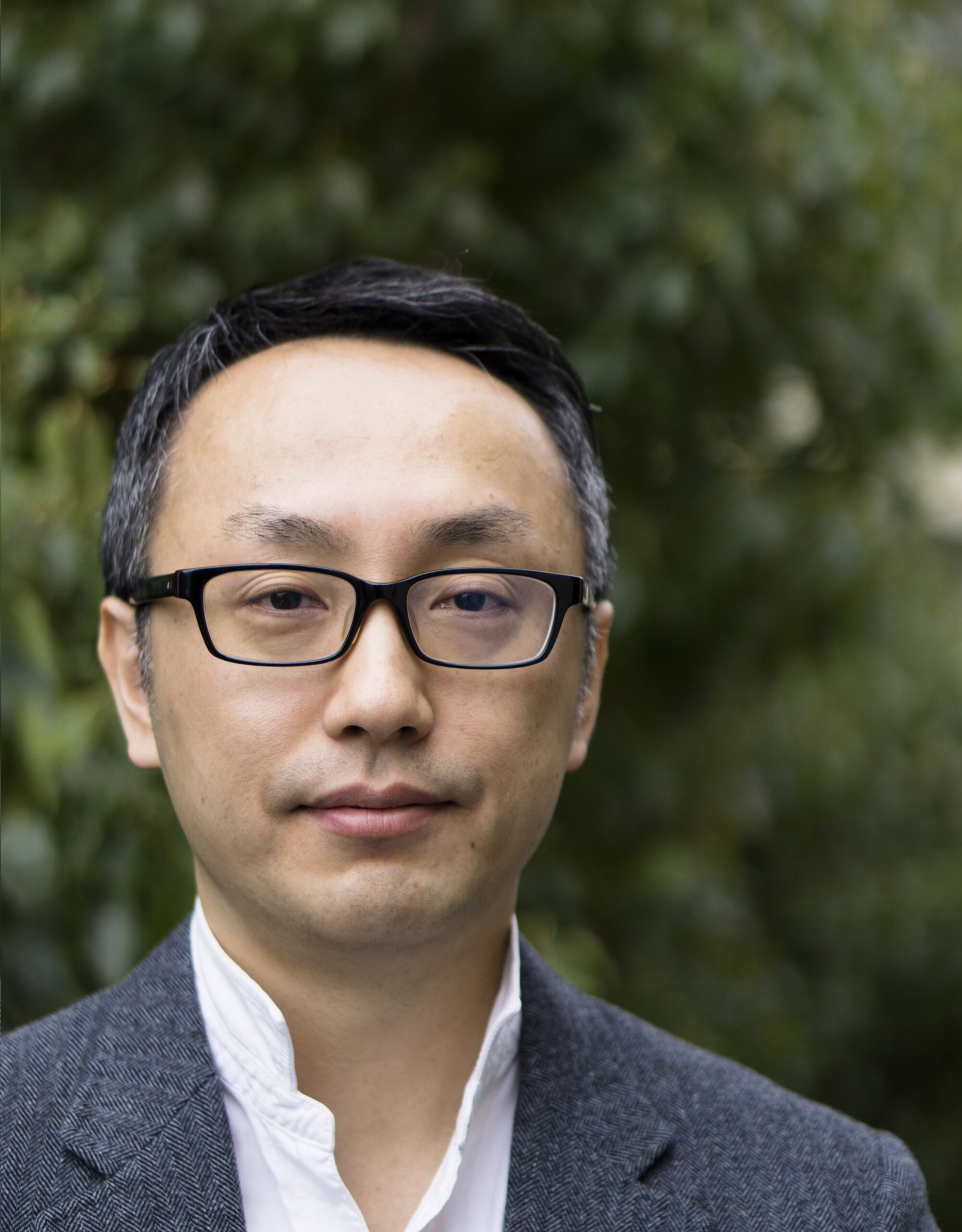
©Ishihara Tomoaki
Kajiya is an art historian who focuses on post-World War II art and art criticism in the United States and Japan. After working as an associate professor at the Faculty of Arts, Hiroshima City University, and at the Archival Research Center, Kyoto City University of Arts, he became an associate professor at the Graduate School of Arts and Sciences, The University of Tokyo in 2016, and professor in 2019. He is the director of the Oral History Archives of Japanese Art and the deputy director of The University of Tokyo’s Art Center. His book, Formless Modernism: Color Field Painting and 20th Century American Culture, is forthcoming from the University of Tokyo Press. He edited Usami Keiji: A Painter Resurrected (Tokyo: University of Tokyo Press, 2021) and co-edited From Postwar to Postmodern, Art in Japan 1945−1989: Primary Documents (New York: Museum of Modern Art, 2012) and others.
Nakajima IzumiTranslation Project Selection Committee / Associate Professor, Graduate School of Humanities, Osaka University

Nakajima Izumi is an art historian who specialize in feminism, Japanese art history and contemporary art. After completing her M.A. degree at University of Leeds, she earned her Ph.D. at Hitotsubashi University in 2013. She has been interested in art and feminism in modern and contemporary Japan and conducted interviews of women artists. Her recent publication includes Anti-action: Post-War Japanese Art and Women Artists (Brücke, 2019) and “Dream for Solidarity: Palestinian Art JAALA and Haryū Ichirō in the 1970s and 1980s” in Past Disquiet: Artists International Solidarity and Museums-in-Exile (University of Chicago Press, 2018). She currently teaches at Osaka University as associate professor.
Odate NatsukoTranslation Project Selection Committee, Contemporary Art Committee Japan / Arts Commons Tokyo / Yoshiko Isshiki Office
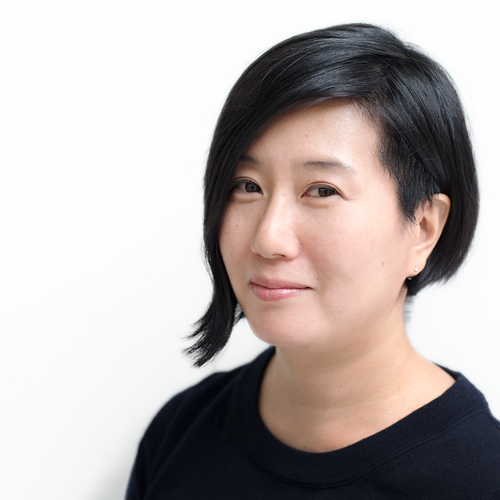
©Yamamoto Naoaki
Since 2000, Odate Natsuko has managed many leading Japanese artists, including Araki Nobuyoshi, Morimura Yasumasa, Kasahara Emiko, and Yanagi Miwa. She has also served as an editor of online magazine ARTiT since 2010. She was a Curatorial Associate of the Yokohama Triennale 2014. Her other art exhibition and events include Miwa Yanagi: Windswept Woman: The Old Girls’ Troupe (Venice Biennale, Japan Pavilion, 2008), Yasumasa Morimura: Theater of Self (Andy Warhol Museum, Pittsburgh, 2013), Nobuyoshi Araki: Ojo Shashu (Toyota Municipal Museum of Art, Niigata City Art Museum, Shiseido Gallery, et al, 2014), Yasumasa Morimura: Ego Obscura (Japan Society, New York, 2018). Through her recent involvement with the operation of artist-run initiatives such as ReFreedom_Aichi, Artforall, and Hyōgen no genba chōsadan, Odate has been exploring new forms of collaboration.
Yamamoto HirokiTranslation Project Selection Committee / Lecturer, Department of Fine Art, Kanazawa College of Art
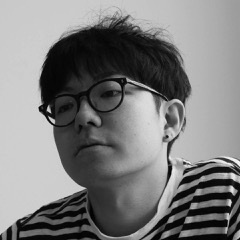
©Hayashi Shunsaku
Yamamoto Hiroki, born in Chiba in 1986, is Lecturer at Kanazawa College of Art in Japan. Yamamoto graduated in Social Science at Hitotsubashi University, Tokyo in 2010 and completed his MA in Fine Art at Chelsea College of Arts (UAL), London in 2013. In 2018, he received a PhD from the University of the Arts London. From 2013 until 2018, he worked at Research Centre for Transnational Art, Identity and Nation (TrAIN) as a postgraduate research fellow. After working at Asia Culture Center (ACC) in Gwangju, South Korea as a research fellow and The Hong Kong Polytechnic University, the School of Design as a postdoctoral fellow, he was Assistant Professor at Tokyo University of the Arts until 2020. His single-authored publications are The History of Contemporary Art: Euro-America, Japan, and Transnational (Chuo Koron Sha, 2019) and Art of the Post-Anthropocene (Bijutsu Shuppan sha, 2022). His co-authored publications include Media and Culture in Transnational Asia: Convergences and Divergences (Rutgers University Press, 2020), Thinking about Racism (Kyowakoku, 2021), and Socially Engaged Public Art in East Asia: Space, Place, and Community in Action (Vernon Press, 2022).
Okubo RennaBureau of Art Platform Japan / Translator
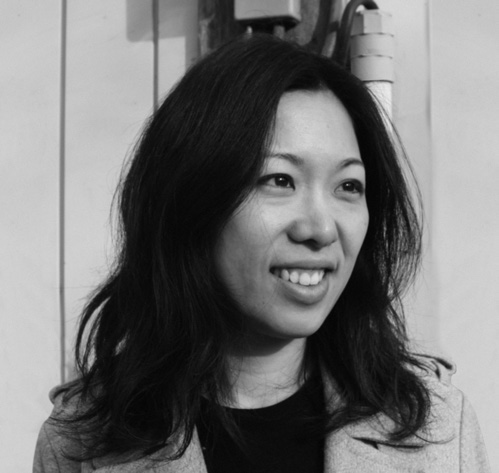
Okubo Renna received her BA in Art History at Barnard College. After interning at a non-profit artists’ bookstore, an auction house, and museums in New York and working for 12 years at contemporary art galleries in Tokyo, she became a freelancer. Today, she is an archivist at Yutaka Sone Studio, gives guided art tours in Tokyo and Naoshima, and writes and translates exclusively for artists, designers, museums, and galleries. For the Art Platform translation project, she is responsible for finding translators and editors for the texts selected for publication.
Please contact us via https://artplatform.go.jp/contact
